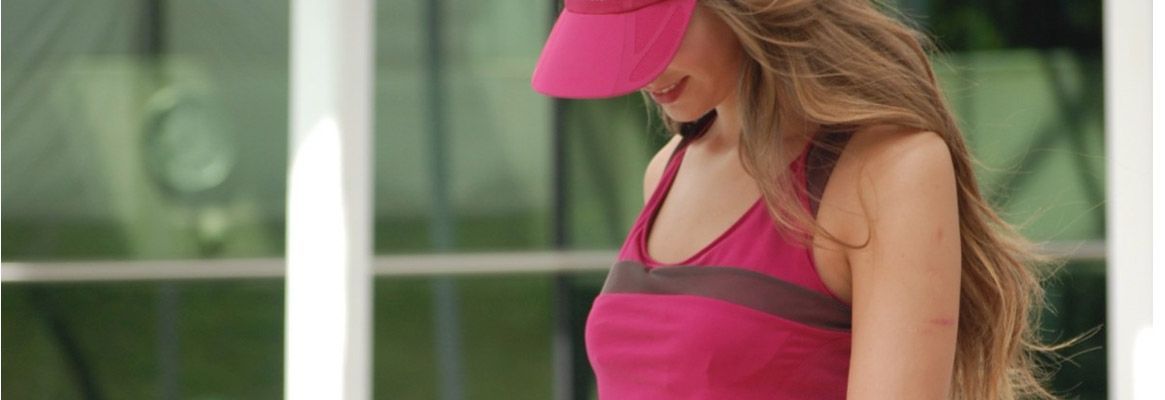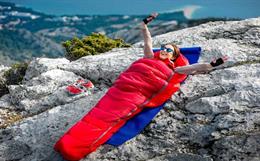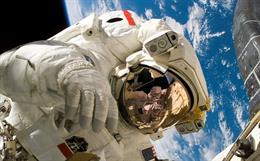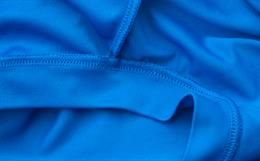About Artificial Turf
Synthetic materials are used to manufacture artificialturf, which are substitutes of natural grass. It is use for making excellentstadium surfaces for playing sports (especially hockey and soccer). Artificialturf also being used in indoors or outdoors for landscaping. Turf has no straightunsafe effects to pets or kids. It is also seen from several studies that theartificial turfs have a lesser injury rate than grassland on playgrounds.
Characteristics ofArtificial turf
The artificial turf structure consists of different layers
- The pile fibers
- Backing cloth,
- Shock absorbing layer and
- The supporting base
PileFiber - The grass like piles are non-harsh and soft to feel. The artificialgrass is prepared of either the polyamide nylon/nylon 6.6 or PP/PE, which iscustom extruded into a monofilament ribbon shape. The pile fiber has to permitfor even ball roll and bounce, it should support non-directional foot grip,allow for water permeability and should have the correct stability of strength,elasticity and stiffness to resist the wear and tear of normal usage.
- Backing
Fabric It is the fabric to which surface fibers are attached to
form the base of the artificial turf. It also gives the support to permit
water to flow through the fabric readily.
- Shock-Absorbing
Foam The purpose of foam is to provide cushioning to athletes during
running or falling. The foam is prepared of a closed-cell polymer alloy like
polyurethane, usually 1/2 inch in height and perforated for straight down
drainage.
- Supporting Base - It supports the weight positioned on the whole structure, in general it is a 2-feet or 3-feet layer of asphalt or concrete.
- Artificial turfs performance depends on its installation and maintenance.
- A high-quality sub-base is very essential for ground installations.
- The life of turf is usually at least a decade and requires no cutting, watering or fertilization.
- Flatbed Raschel machine knits the pile fibers directly into the backing knitting machines. This machine is between 4.5 m to 5 m broad.
- The stitching threads, which are used for turf, should have high-strength, weather resistant pigmented to exactly match the color of the turf.
Scenario of Artificial
Turf usage in India
- The market size has been increased by 20% to account for usage in landscaping. The demand for artificial turfs / synthetic tracks is likely to double in the next 5 years as a result of strong government focus on developing the sports infrastructure of India.
- The Indian artificial turf market size is expected to increase from 140 MT in 2007-08 to around 280 MT by 2012-13.
- No inflationary increase has been assumed for the price of artificial turfs. Hence, in value terms, the market size of the artificial turfs market in India is expected to increase from Rs 26 crore in 2007-08 to around 52 crore by 2012-13.
- The current and future forecast of artificial turf consumption is
given below:-
Raw Materials
The quality of the raw materials is essential for the performance of turf. Polyester tire cord is uses for the backing of high quality artificial turf. Blades of "grass" are prepared of nylon or polypropylene. Nylon blades of grass can be formed in thin sheets that are cut into strips or extruded through molds to manufacture fibers with an oval or round cross-section. This extruded product results in blades that sense and act more like biological grass. The cushioning effects are given by incorporating rubber compounds or from polyester foam. Special care and knowledge must also be applied to the selection of the adhesives used to bond all the components together.
Technology Used
- Extruding
- Knitting
- Stitch bonding
- Coating
- Tufting
The Manufacturing Process
The main steps to make the artificial turf are:
- The first
step is to mix the proprietary ingredients jointly in a hopper. To give the
turf its habitual green color and to protect it from the ultraviolet rays from
the sun dyes and chemicals are added.
- After the lot has
been thoroughly blended, it is fed into a huge steel blender. The lot is robotically
mixed until it has a thick, taffy-like uniformity.
- The coagulated
uniform liquid lot is then fed into an extruder, and exits from extruder in an elongated,
thin strand of substance.
- Then
the strands are positioned on a card and spun into a loose rope. The loose
ropes are drawn, straighten, and spun into yarn & wound onto spools.
- The
yarn is then heated to set the twisted look.
- After
that, the yarn is in use to a tufting machine. The yarn is put on a bar with
skewers (a reel) at the back of the tufting machine. It is then fed all the way
through a pipe foremost to the tufting needle. The needle perforates the
primary backing of the turf and pushes the yarn into the loop. A flat hook, take
hold of and release the loop of nylon while the needle pulls back up; the
backing is shifted ahead and the needle once more pierce the backing further
on. This process is carried out by several hundred needles, and several hundred
rows of stitches are carried out per minute. The nylon yarn is now a carpet of
artificial turf.
- The
artificial turf carpet is now rolled under a vending machine that spreads a
coating of latex onto the underside of the turf. Mean while, a strong secondary
backing is also coated with latex. Both of these are then rolled onto a
marriage roller, which forms them into a sandwich and seals them together.
- The
artificial turf is then positioned under heat lamps to cure the latex.
- The
turf is fed through a machine that cut off any tufts that rise above its
uniform surface.
- Then the turf is rolled into large lengths and packaged. The rolls are then shipped to the wholesaler.
The Advantages and Disadvantages of Artificial Turf
Advantage
The main advantages of artificial turf are that it does not need water, fertilizer, or cutting. It has withstanding power to wear and tear far better than the natural grass. It is secure for kids and pets. It is easy to clean with a hose and does not catch the attention of bugs and pests.
Disadvantage
On the other hand, artificial turf does have its disadvantages. It is likely to get hotter than natural grass in the mid-day sun. The manufacturing and transportation of artificial turf discharges more green house gases than the maintenance of natural turf. It will need to get substitute and disposed of in a landfill since most types cannot be recycled.
Installation Process
Proper installation is vital for guarantee a long lifespan for artificial turf. Proper drainage is needed before the turf installation. A layer of good draining collection should be laid down and compressed below the turf for safe installation. The turf is roll out, super glued with special bonding agent at line of stitching and then attached into the ground with long steel shafts. Expert installation is suggested for long-lasting constancy. A supplier that exactly prepares a site may have more fee but the additional price is sound value it. Special type of sand is also used but do not give as much of a soften feel underneath your foot. The infill helps grip down the turf and stops creases as well as provides a light barricade to make sure a longer life in support of the backing. Infill is worth the funds if someones home turf gets a bunch of use, chiefly from children playing. However, it is not value the expenditure if the artificial grass is just for demonstration. There is a considerable straight deal required with artificial turf. Conversely, greater than the life of an artificial lawn, the cost can be recouped from side to side repairs savings.
Life Expectancy and Durability
Normally, artificial turf lasts more than 20 years with suitable maintenance, and potentially up to 30 years. So many dealers offer warranties of 8 years or more. The majority varieties of turf have a covering to guard against UV rays and put a stop to fading. Blustery weather is not being an anxious since the turf is secured to the ground. During midday straight sun, the grass may feel warm to the feel. Certain infill may decrease heat absorption.
Conclusions
When artificial turf is purchased, one should keep on requesting full ingredients disclosure from manufacturers. Particular elements of concern that should be asked about include
- lead,
bromine, and zinc. One should also make inquiries about the availability of substitutes
to PVC pipe for sports ground drainage when these products are installed.
- One should
stay side by side of developments regarding ultimate recycling of artificial
turf fields as currently installed products come to the end of their useful
life. If manufacturers begin to recycle their fields, he should investigate to
be certain these claims can be confirmed and, if so, end of life field
management could become a vital choice standard.
- It
would still be meaningful to have assess and compare potential impacts
resulting from particular maintenance actions, such as pesticide use, gasoline
consumption, etc. Even without a full cost comparison, it might be possible to
identify ways to reduce the impacts of field maintenance for both natural turf
and artificial turf fields.
Reference:
- http://watersavingtips.org
- http://textiles.ugent.be/docs/RD/ERCAT.pdf
- http://www.madehow.com/Volume-7/Artificial-Turf.html
- IMaCS
Image Reference:
- http://www.suncountrysystems.com
- http://sf-recpark.org




_Small.jpg)



